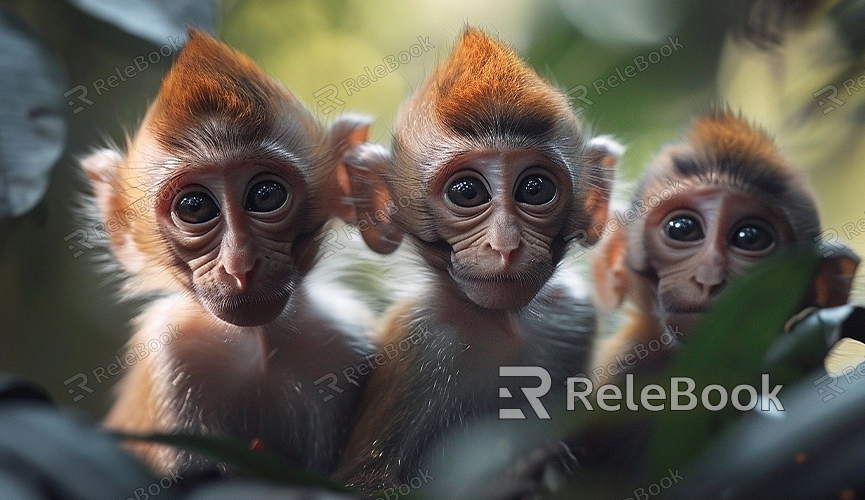Maya how to add texture to hair
In 3D modeling and animation production, adding texture to a character's hair is one of the important steps in creating a realistic effect. By adding texture to hair, you can enhance its texture and realism, making the character more vivid and eye-catching. In this article, we'll explain how to add texture to hair in Maya and provide some practical tips and steps.
1. Prepare the Hair Model
Before adding texture, you need to prepare the hair model. You can use Maya's built-in hair tools, hair models from model libraries, or create your own hair models. Ensure the hair model has a reasonable topology and UV mapping. You can also import exquisite hair textures directly from Relebook for use in Maya.

2. Create Hair Texture
In Maya, you can use various methods to create hair textures. You can use Maya's built-in material editor to create custom hair materials, use external texture materials, or create your own texture maps. Depending on your needs and creativity, choose the appropriate texture type and mapping style.
3. Apply Texture to Hair Model
Apply the created texture to the hair model. In Maya, you can select the surface of the hair model and then drag the texture map directly into the material editor to apply it. Ensure the texture is correctly mapped to the UV space of the hair model.
4. Adjust Texture Parameters
Adjust the texture parameters to achieve the desired effect. You can adjust parameters such as color, transparency, reflectance, and roughness to make the hair look more realistic and natural.
5. Add Additional Details
In addition to the basic texture, you can add some extra details and effects to enhance the realism of the hair. For example, you can add gloss effects, subtle details of hair strands, color variations, etc. These additional details can make the hair look richer and more vivid.
6. Render and Preview
After adding the texture, render and preview the hair. In Maya, you can use built-in renderers such as Arnold or Mental Ray to render the hair and preview the final result. Make adjustments and corrections as needed until you are satisfied with the result.
7. Save and Export
After rendering, remember to save your work and export it as image or animation files as needed. This allows you to further edit and process your work in other software or use it directly for animation and game production.
By following these steps, you can easily add texture to hair in Maya and achieve colorful and vibrant effects. If you need high-quality 3D textures and HDRI or 3D model downloads while creating models and virtual scenes, you can download them from Relebook and directly import textures and 3D models into your project for use.

